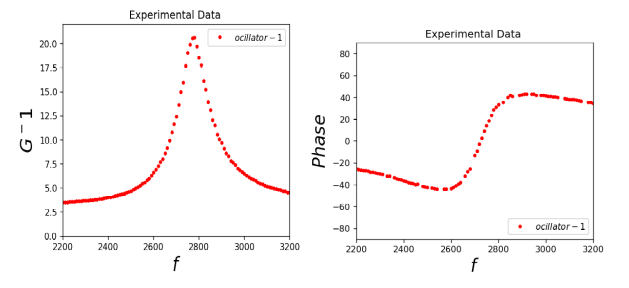from pylab import *
from scipy import optimize
import csv
import time
def sineFunc(x, a1, a2, a3, a4):
return a4 + a1*sin(abs(a2*(2*pi))*x + a3)
with open('mycsv.csv', 'r') as csv_file:
csv_reader = csv.DictReader(csv_file)
with open('set1.1.csv','w') as new_file:
fieldnames = ['freq','gain','phase']
csv_writer =csv.DictWriter(new_file,fieldnames =fieldnames ,delimiter=',')
csv_writer.writeheader()
f = 1500
while f < 5000:
if f == 4000:
break
f += 10
p.set_sine(f)
time.sleep(0.1)
t,v, tt,vv = p.capture2(1000, 20) # captures A1 and A2
f1 = [1, f, 0.0, 0.0] # Amp, freq, phase , offset
f1, pcov = optimize.curve_fit(sineFunc, t*0.001, v, f1)
f2 = [1, f, 0.0, 0.0] # Amp, freq, phase , offset
f2, pcov = optimize.curve_fit(sineFunc, tt*0.001, vv, f2)
gain = abs(f1[0]/f2[0])
dphi = (f2[2] - f1[2]) * 180/ pi
csv_writer.writerow({'freq':f, 'gain':gain, 'phase':dphi})
 Mahaveer Prasad
Mahaveer Prasad



